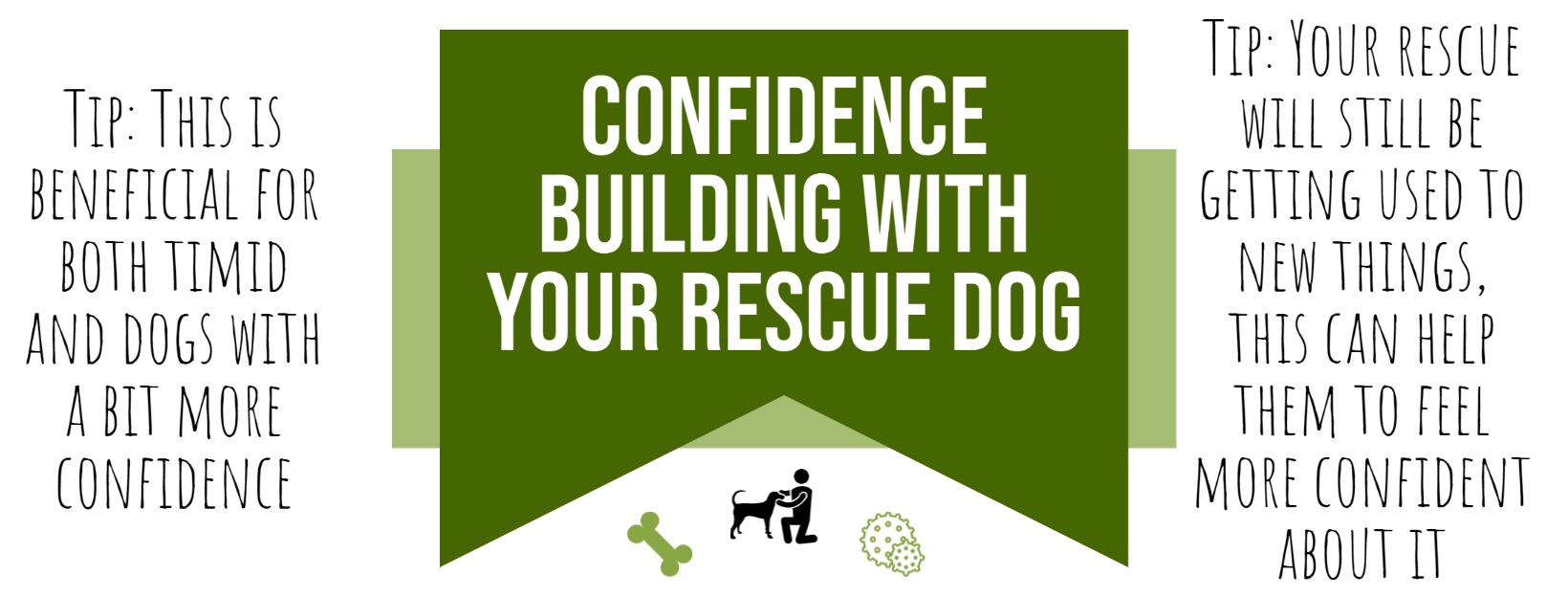
Something for everyone...
All rescue dogs will still be fearful of things outside of their usual routine - meeting a new person, loud noises, new house appliances etc can set them back in terms of confidence. There are a few things you can do with your dog to help them gain some confidence - it will also aid to strengthen the bond between yourself and your dog.
The first thing you can do - if your dog is allowing touch and can walk on a lead is begin your 6 weeks free training course. Now that your dog is more comfortable in the home it can give them some stimulation and increase their confidence.
Obedience training can sometimes be used in a stressful situation as it provides dogs that are anxious about new situations some predictability - ie, say they have learned sit, if a new person tells them to sit they understand that bottom hits floor and a treat is given: one command, one action, one result - it never changes. It can help a dog to manage new and scary situations.
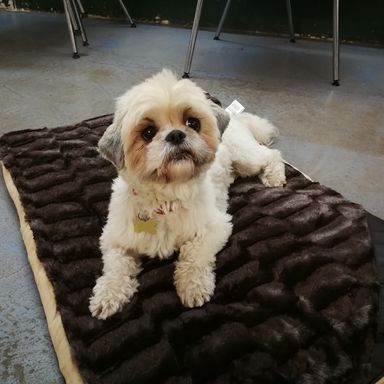
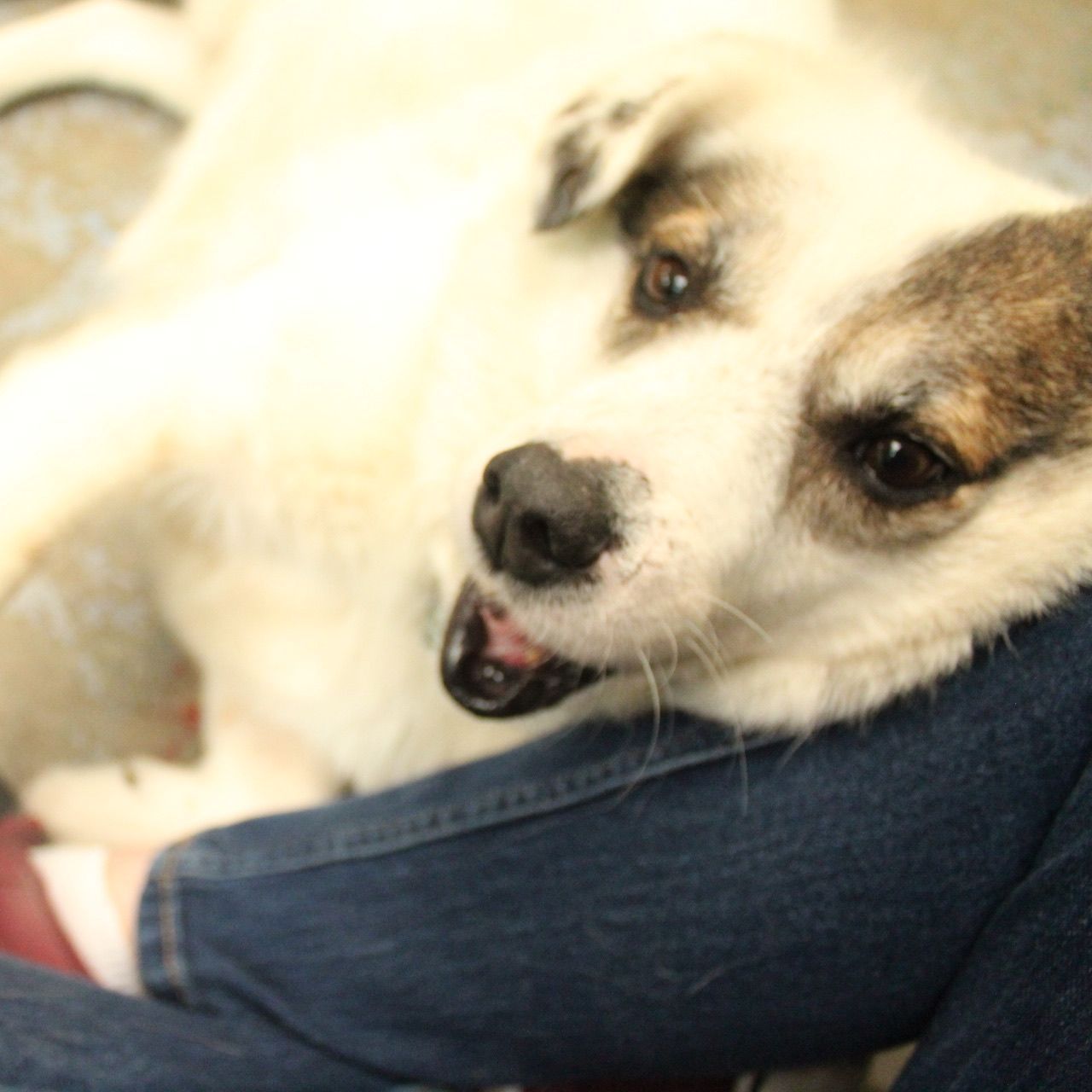
Teach 'touch' or targetting:
Teaching a targetting command can help your dog to learn to settle on a specific location in the presence of new people/situations. Teaching touch can help to increase the confidence of the more timid dogs.
Targetting - essentially choosing a 'spot', could be their bed and leading the dog over to it, saying your word for the target 'bed' for example and building up your dog's association of the target. Reward for the behaviour you want. This needs to be repeated over and over, and increasing the distance away from the target until your dog can go to their target when asked. If your dog is beginning to display uncomfortable body language in a certain situation you can ask them to go to their target to settle.
Touch - getting your dog to touch you with a part of their body. Usually their nose/snout. You can either begin training by catching the desired behaviour as they do it. For example, if you reach your hand toward the dog and they touch it with their nose, say 'touch' and reward. You can also hold a treat in your hand and when the dog sniffs and touches your hand with their nose, praise and treat. You can build this up until the dog is confidently coming forth and touching your hand - you will find that the more you do it the less apprehensive the dog will become. It can help the very nervous dogs who are scared of touch to learn that human touch = rewards.
Find it:
If your dog is used to training with a clicker you can use it for this activity.
- Have the dog in front of you
- Hold treats behind your back
- Say 'find it' and throw a treat to the left or right and click before the dog eats the treat
- Call your dog back and repeat the process again
- Repeat, repeat, repeat
You can use 'find it' in lots of situations - if the dog is frightened of a visitor it can take their mind off of the guest, on walks it can busy the dog whilst a scary person or dog passes and it can also be used as a regular mental stimulation exercise too.
If a dog is too frightened or stressed they will not be able to focus and will not take treats. Ensure there is enough space for the dog to move away from the guest/dog/situation
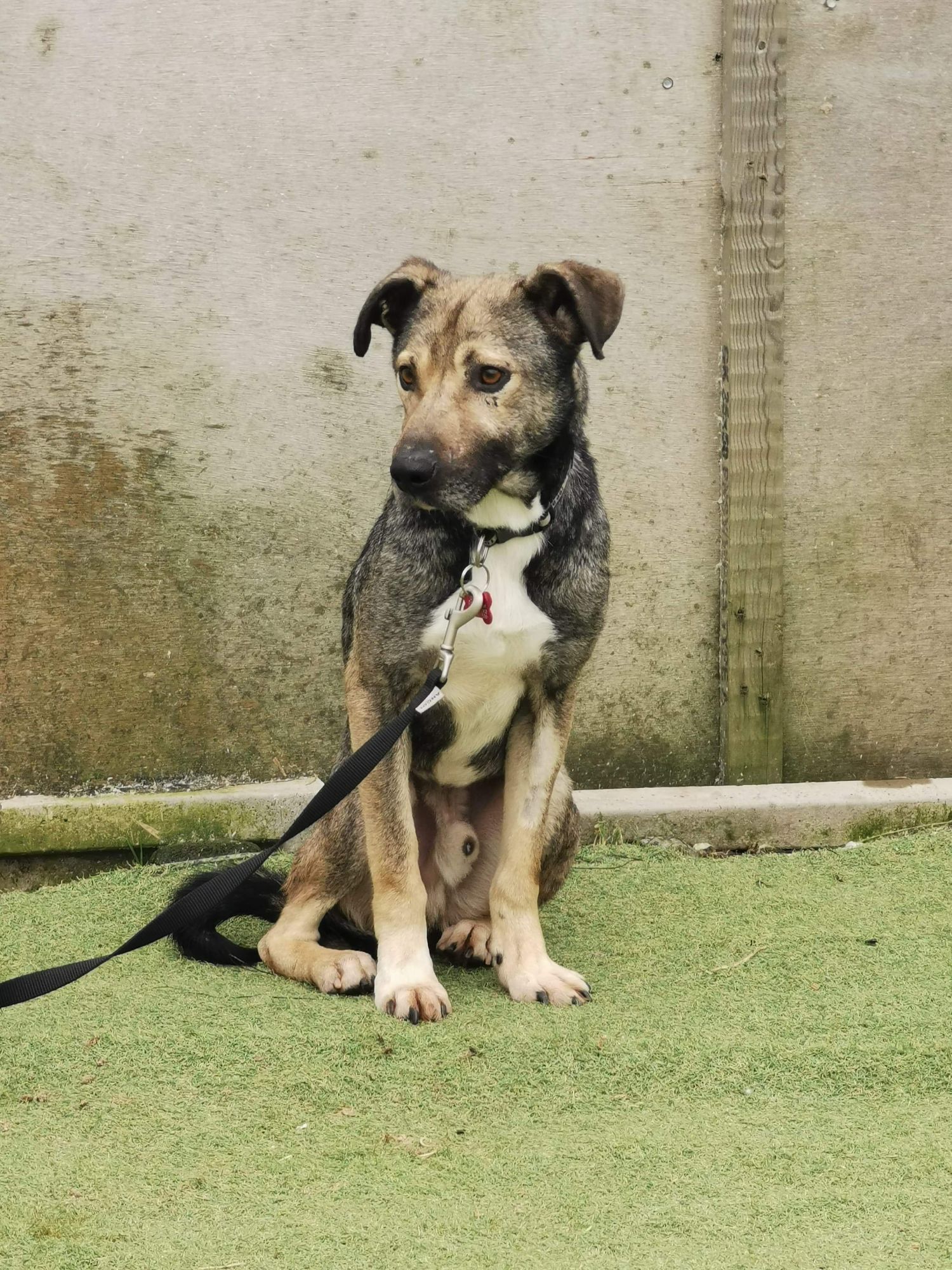
Teaching 'Go Behind':
This can help on walks with a shy dog but relies on the owner understanding their dog's body language and being able to read their dog.
- Have the dog in front of you and treats in your hand
- Use a treat and lure the dog to walk around you, saying 'go behind' as it complies
- Make the dog sit whilst behind you
- Reward
- Repeat until the dog is moving into position easily
Overtime you can use less hand motion but you need to decrease the motion gradually. Use lots of treats and praise for the behaviour.
You can use this on walks - if you spot a scary person, dog or vehicle coming you can step aside and ask your dog to 'Go Behind' until the danger has passed, this way the dog doesn't have to face things they are scared of face on which could lead to reactivity.
Other games/exercises:
- Hide food around the house and garden and encouraging the dog to “find”. Make this very easy to start with, but in time leave treats inside items and at different levels.
- Hide food in cardboard boxes, plastic bottles, boxes full of shredded paper, Snuffle Treat Mats, screwed up towels, etc.
- Hide a toy somewhere in the house or garden and encourage to “find” if the dog is not food oriented.
- Scatter feeding: throwing dry proportion of food in the garden and encouraging dog to search for it.
- Playing with various activity toys (Nina Ottosson, Trixie Activity Toys) with handler.
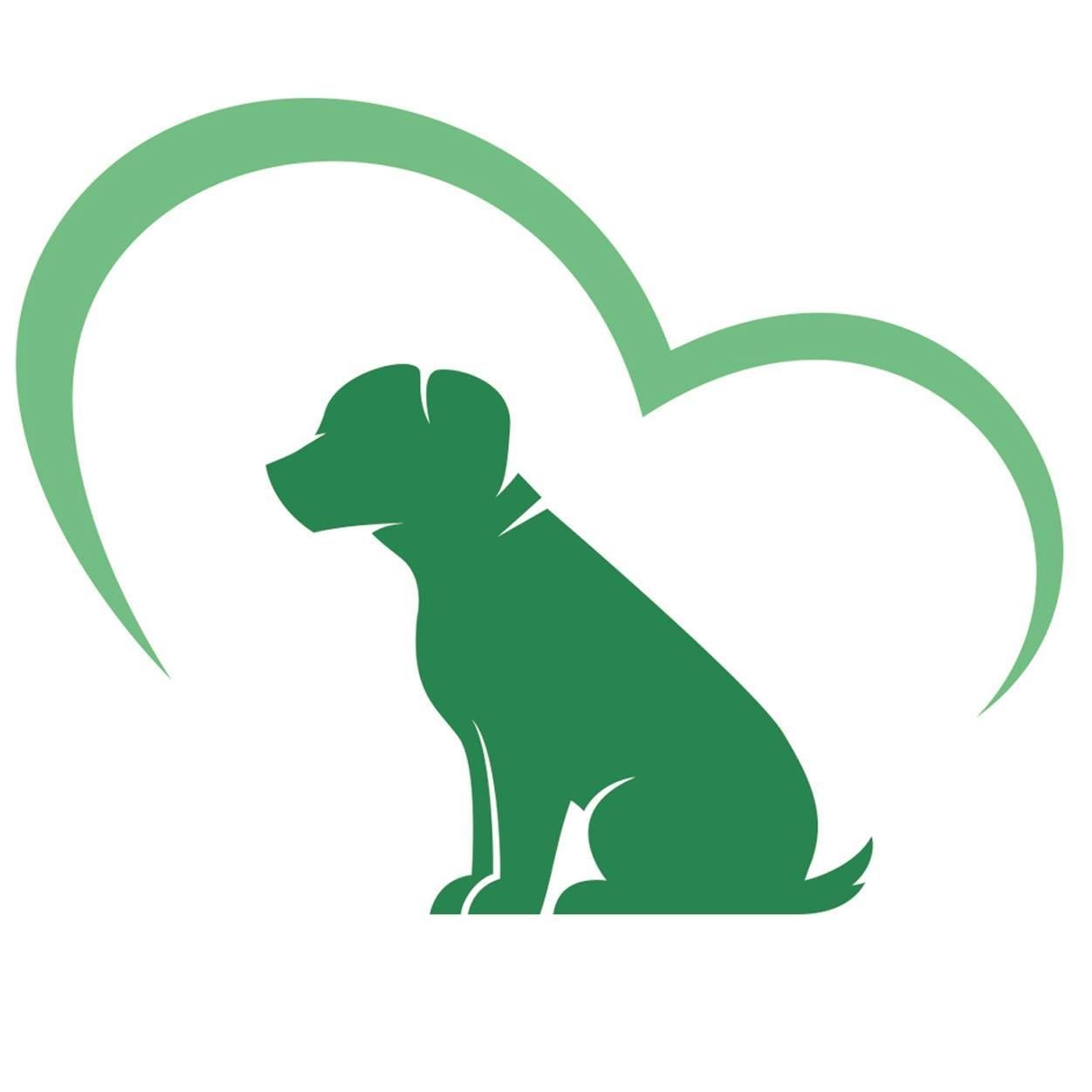
Want some more advice on confidence building?
Email: training@oakwoodcanineservices.co.uk
Website: http://www.oakwood-canine-services.co.uk/contactus.html
Tel: 01482 823555 - you will need to leave a voicemail